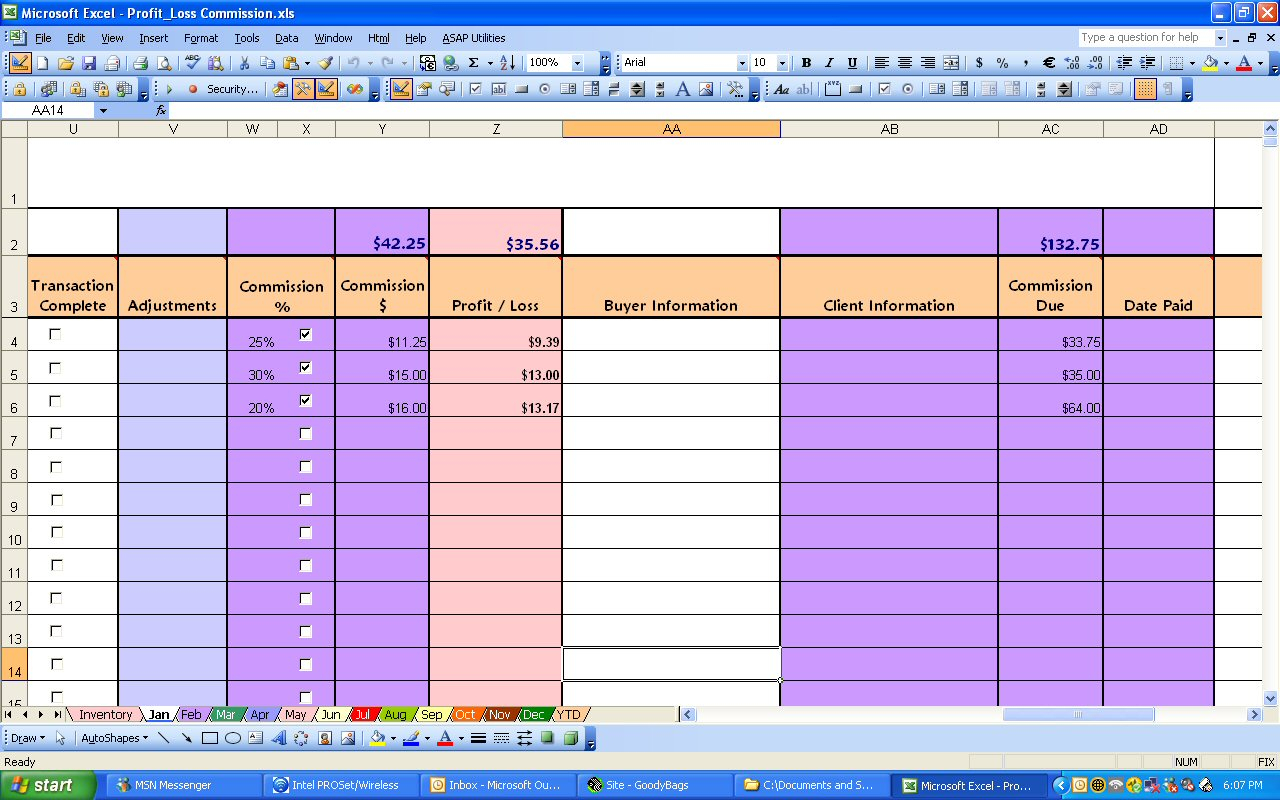
Unlike some other eCommerce platforms, Etsy doesn't require any coding skills or design knowledge. The platform enables these store owners to reach a global audience and make more sales.Įtsy is popular with users because it is so easy to use. Etsy fills a gap in the market for crafters and artists who can't sell their wares through large general stores. Etsy is the best online marketplace for niche products like hand-made and vintage items and craft supplies. Why choose Etsy to sell online?Įtsy is where people go when they are looking for something unique that they can't find elsewhere. The competition is stiff, so many merchants decide to expand their business by exporting their eBay listings to Etsy, changing to a multichannel business. It is an e-commerce powerhouse that attracts millions of sellers on a daily basis, so you would think that running a store on eBay should bring in an enormous income. The -show parameter auto opens the spreadsheet after I create it.EBay is a well-established brand with 147 million active buyers worldwide. Finally, I tell Excel that I want an auto name range. Then, I am add in the chart definition I created earlier by calling the $ChartData variable. This is all code we saw in the previous examples. I export and append this to a spreadsheet named "ExcelDemo.xlsx." I create new worksheet tab named FruitSalesChart. The syntax for Export-Excel is a continuation from my previous example. First, I send the $data variable to the Export-Excel cmdlet. The next piece to add to the export cmdlet is this chart definition: $data | Export-Excel C:\temp\ExcelDemo.xlsx -Append -WorksheetName FruitSalesChart -ExcelChartDefinition $ChartData -AutoNameRange -show -Title "Fruit Sales" These values are saved to a variable named $ChartData. I then add a chart title, although this is not required. I chose the "ColumnClustered" type for my example. There are 69 chart types available in the cmdlet, all of which correspond to the chart types in Excel. I first use the Item column, then, I define the yValue (I am using the TotalSold column). This line of code defines my table properties, and it tells Excel what to use for the xValue in the chart.

$ChartData = New-ExcelChartDefinition -XRange Item -YRange TotalSold -ChartType ColumnClustered -Title "Total Fruit Sales" To do this, I use the New-ExcelChartDefinition cmdlet. To do this, I need to define the properties I want for my table.


I would like to chart these sales in a simple bar graph that depicts units sold.


 0 kommentar(er)
0 kommentar(er)
